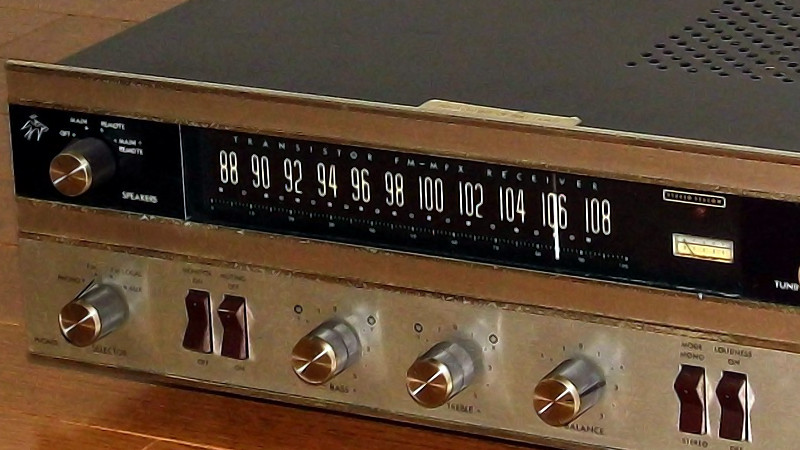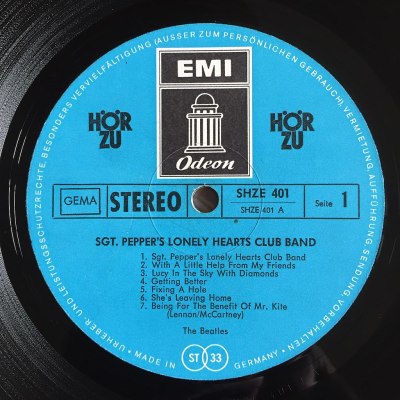
Had the pandemic not upended many of this summer’s fun and games, many of my friends would have made a trip to the MCH hacker camp in the Netherlands earlier this month. I had an idea for a game for the event, a friend and I were going to secrete a set of those low-power FM transmitters as numbers stations around the camp for players to find and solve the numerical puzzles they would transmit. I even bought a few cheap FM transmitter modules from China for evaluation, and had some fun sending a chiptune Rick Astley across a housing estate in Northamptonshire.
To me as someone who grew up with FM radio and whose teen years played out to the sounds of BBC Radio 1 FM it made absolute sense to do a puzzle in this way, but it was my personal reminder of advancing years to find that some of my friends differed on the matter. Sure, they thought it was a great idea, but they gently reminded me that the kids don’t listen to any sort of conventional broadcast radio these days, instead they stream their music, so very few of them would have the means for listening to my numbers stations. Even for me it’s something I only use for BBC Radio 4 in the car, and to traverse the remainder of the FM dial is to hear a selection of easy listening, oldies, and classical music. It’s becoming an older person’s medium, and it’s inevitable that like AM before it, it will eventually wane.
There are two angles to this that might detain the casual hacker; first what it will mean from a broadcasting and radio spectrum perspective, and then how it is already influencing some of our projects.
Shifting To Digital For A Disappearing Audience

In July we marked the passing of the last few analog NTSC television stations on the North American continent. These holdouts were the so-called “FrankenFM” stations whose sound subcarrier lay just below the FM broadcast band and could thus be picked up with a receiver at the very bottom of the FM dial serving niche audiences. Oddly if you live close to one you’ll notice that it hasn’t gone away, because despite the cessation of analog TV, the FM carriers remain due to a special quirk in the ATSC 3.0 digital broadcasting standard that allows a broadcaster on that channel to emit a narrower digital multiplex alongside the analog audio. But given the demographic shift away from FM among younger listeners mentioned in the last paragraph, have they won the right to remain in a broadcast band whose days are just as numbered as the NTSC TV channels that have just been shuttered?
In the USA there has been a small move towards HD Radio as an eventual digital replacement for FM either as simulcast with analog stations or as digital-only, while in Europe and elsewhere the DAB standard has had mixed impact. The Republic of Ireland has abandoned DAB entirely, and Norway has completely dropped FM for the new system, while in the UK the Government’s ambitious plans for a switchover have met with indifference from the public mostly because as the first adopter of DAB the country is largely stuck with its inferior first version. So with younger listeners growing into adulthood not using their radios and with many governments around the world still pressing for a move to digital, the sense of FM’s days being numbered can only deepen.
The Last Analogue First Project
So if FM is slowly shuffling off this mortal coil, what does it mean for our community? Do many of us listen to FM radio? Perhaps one or two of us do, but the impact I’m thinking of isn’t with the older hackers. Analogue radio has a useful property of being accessible with simple and easy to understand components, so it remains one of those gateway drugs that introduces a youngster to electronics.
In days gone by a starter project might have been a crystal radio, and while that might have gone by the wayside as AM radio has declined and point-contact diodes become a rarity it’s still common to make an FM transmitter from a transistor or two or even a Raspberry Pi’s clock generator. It’s true that today’s kid with a Pi could probably whip up a media server for the radio experience via a streaming app, but it’s the method rather than the end result that matters here. The spark that ignites a lifetime of interest will be different for everyone, and it’s difficult not to feel that one of those sparks is growing dim. Perhaps in the comments you’ll have your own ideas as to what could catch the interest of a kid predisposed to a bit of analogue electronics.
Header: Joe Haupt from USA, CC BY-SA 2.0.
No comments:
Post a Comment